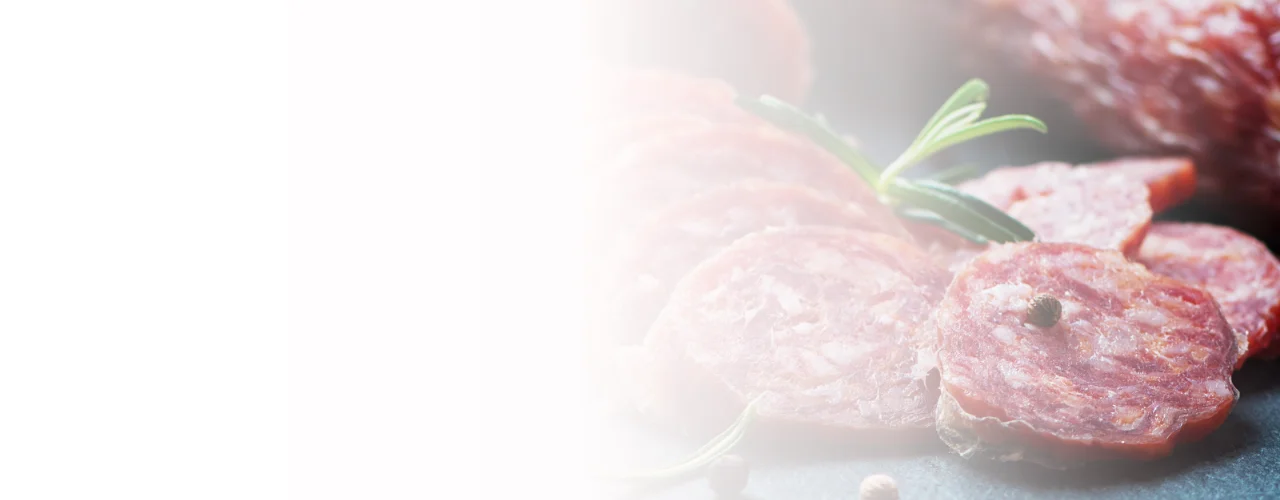Hard cheese | Mountain cheese
Semi-hard cheese











webdeals is a shop cloud. The network of modern, specialized webshops with a thematic focus. WEBDEALS » this is where you get discovered!
The cabbage thistle is a persistent herbaceous plant, which can grow from 50 to 170 cm tall. It is not stinging. Its stem is leafed up to the tip. These are clearly smaller and pinnate in the upper part of the plant. In addition, the leaves sit there on the stem with an extensive auricle. The stem leaves are soft, the upper ones mostly undivided, heart-shaped, stalkless; the lower ones lobed, pinnately lobed.
The cabbage thistle is a perennial shrub with a strong rootstock. Unlike the other thistle species, it has soft, slightly thorny, light green leaves.
The flowers are pale yellow and grouped into capitula, which in turn are surrounded by several pale yellow to light green bracts.
Best cheeses due to selected alpine herbs and meadow herbs. We ♥ cheese!
The cabbage thistle is the name-giving kind of the cabbage-thistle-meadows. These are generally nutrient-rich and damp fat meadows.
The cabbage thistle shows waterlogging and fertilization. Over-fertilization leads to mass development.
As long as the plants are young, they provide a valuable food. Older plants are especially avoided by grazing animals. However, drying is hardly possible because the leaves crumble.
Back to the Hay Milk WikiMountain cheese
ALPINE CHEESE spicy | 8 months | Austrian lactose-free cheese
Rehmocta® cheese
Spicy semi-hard cheese
We use cookies to give you the best online experience. By agreeing, you accept the use of cookies in accordance with our cookie policy. Further surfing in the web shop automatically leads to approval.

When you visit any web site, it may store or retrieve information on your browser, mostly in the form of cookies. Control your personal Cookie Services here.